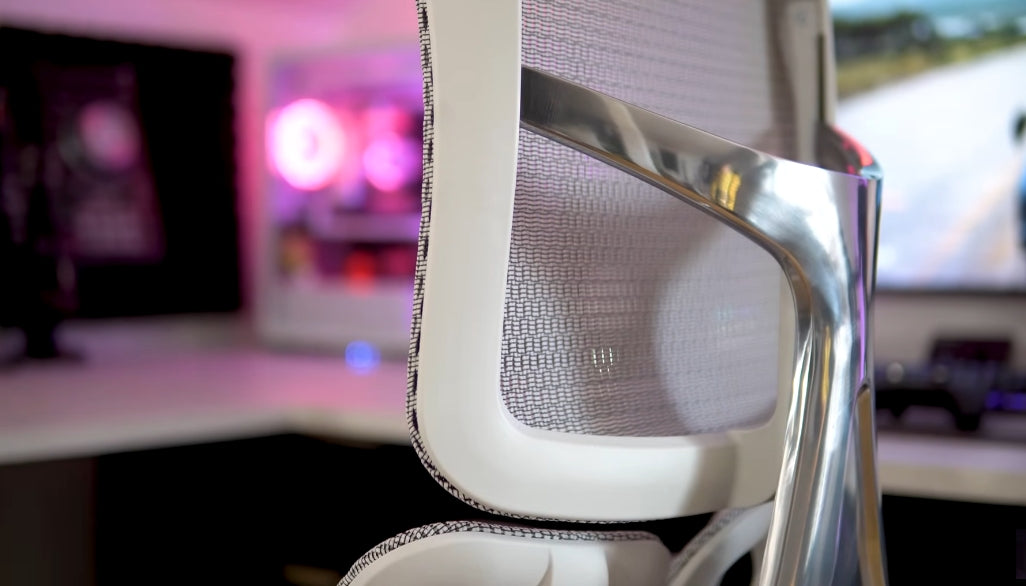The Sihoo Doro S300 is undoubtedly a standout in the realm of ergonomic chairs, boasting impressive features like the Anti-Gravity Mechanism and customizable lumbar support. But one question frequently arises: is it just as effective without its integrated headrest? Let's delve into the details.
Understanding the Role of a Headrest
Before we assess the S300 without its headrest, let's clarify the importance of head support. A good headrest:
- Promotes proper posture: By preventing head and neck strain.
- Reduces fatigue: By providing a resting point for your head during breaks or relaxation.
- Enhances comfort: By offering additional support and cushioning.
The Sihoo Doro S300: A Headrest Highlight
The S300's integrated headrest is designed to complement the chair's overall ergonomic profile. It's adjustable and spacious, promising optimal comfort for various body types. However, the question remains: is it essential for enjoying the chair's benefits?
Assessing the S300 Without a Headrest
While the S300 is designed with a headrest in mind, it doesn't necessarily mean the chair is compromised without it. Let's explore the potential pros and cons:
Pros:
- Versatility: Some users might prefer a chair without a headrest for personal preference or specific workspace constraints.
- Cost-effective: Removing the headrest might lead to slight cost savings, though it's unlikely to be a significant factor.
- Aesthetics: Some might find the chair's appearance cleaner without a headrest.
Cons:
- Reduced comfort: The lack of head support could contribute to neck and shoulder tension, especially during prolonged sitting.
- Posture issues: Without proper head support, you might find yourself straining to maintain good posture.
- Limited functionality: The S300's design is optimized with the headrest in mind, so removing it might affect the overall ergonomic experience.
Factors to Consider
Whether or not a headrest is essential for you depends on several factors:
- Your height and posture: Taller individuals or those with specific postural needs might benefit more from a headrest.
- Your work habits: If you frequently take short naps or engage in relaxation activities while seated, a headrest can be advantageous.
- Your personal preference: Ultimately, your comfort and satisfaction are paramount. Experiment with the chair both with and without the headrest to determine your preference.
Alternatives to a Headrest
If you decide to use the S300 without a headrest, consider these alternatives to provide additional support:
- Cervical pillows: Small, supportive pillows can offer targeted neck relief.
- Lumbar support cushions: Enhancing lumbar support can help maintain proper spinal alignment and reduce overall strain.
- Frequent breaks: Getting up and moving regularly can help alleviate tension in the neck and shoulders.
Conclusion
The Sihoo Doro S300 is undoubtedly a well-designed ergonomic chair, and its integrated headrest is a valuable feature. However, the chair can still offer comfort and support without it. The best way to determine if the headrest is essential for you is to try the chair both ways and assess your personal preferences and needs.
Remember, ergonomic chairs are investments in your long-term health and well-being. Prioritize comfort and support to prevent musculoskeletal issues and enhance productivity.



